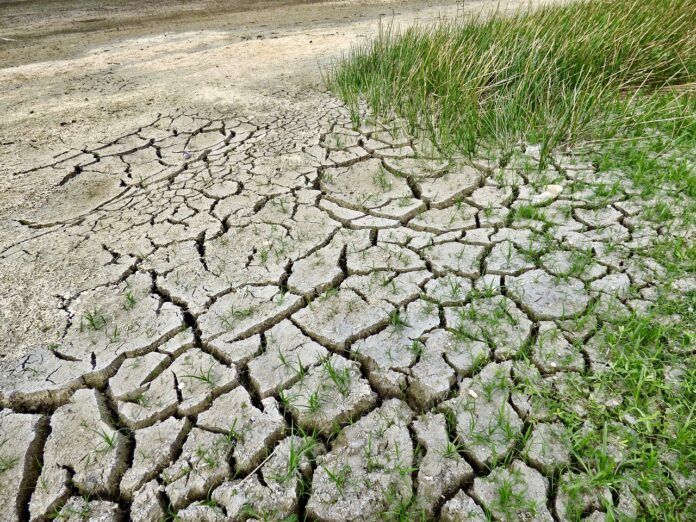The entire East Kootenay region is under drought level four, bringing increased risks of wildfires and water scarcity.
Prolonged drought conditions can present increased risks of wildfires as vegetation lacks the vital moisture needed to protect it.
“We know dry conditions make it easier for lightning strikes and strong winds to start wildfires. Those fires can also burn, spread and combine for longer periods of time in dry conditions,” said Doris Leong, Acting Director of Drought Operations with the BC River Forecast Centre.
“One of the first ways we see the impacts of drought is through increased wildfire activity, so it’s important to stay aware of the drought and wildfire conditions throughout the summer.”
Currently, both the Kootenay River and Elk-Flathead water basins are at drought level four.
The provincial government measures drought from level 0 (normal or wetter than normal conditions) to level five (rare, severe dry conditions).
Previously, the Kootenay River was at level three, while the Elk Valley was at level five.
“It’s rare for this level of dryness to occur. The Provincial Drought Level Scale measures the severity of the natural drought hazard, but it doesn’t necessarily tell us the potential for water scarcity impacts,” said Doris Leong, Acting Director of Drought Operations with the BC River Forecast Centre.
Leong says water scarcity is determined by local factors and can vary between regions within the larger drought monitoring basin.
“Whether an area experiences water scarcity can depend on a number of factors, including how resilient water systems are, local conditions because they may be different than the broader area that the drought level describes, and how water supply and demand are managed,” said Leong.
Leong says all of B.C. has experienced more intense, prolonged droughts in recent years.
“Most of B.C. had a fairly dry winter leading up to this spring and summer, which really set the stage for those persistent deficits in precipitation,” said Leong.
“These long-term deficits mean that our watersheds need pretty substantial rainfall during the spring and summer. It will take more than just a weekend of steady rain to recover.”
Leong says this year is likely to continue the prolonged hot, dry trend.
“The summer weather will be the major driver of how drought conditions shape up. They could change, but much of that depends on whether we get cool and wet weather, hot and dry conditions, or some combination of the two,” said Leong.
“The current seasonal weather forecast from Environment and Climate Change Canada points to a warmer and drier summer than normal.”
Residential use can play a vital role in conserving water on the local level.
“Start conserving water early, especially starting with those non-essential water uses and adopting efficient water use practices where you can,” said Leong.
“In basic terms, this means using water for fewer things and using it less often. We also always advise people to follow any water restrictions that may be in place.”
Leong says rain barrels and other water storage systems can help you conserve local water sources while ensuring you have a steady supply.
“If you have water storage or a reservoir available, take advantage of those rain events to fill that storage to capacity. That way, you can rely on it when conditions become dry again,” said Leong.
Water restrictions will differ between communities, so be sure to check our website and tune into 107.5 2DayFM for the most up-to-date information.
You can also find the information through your local government’s website or social media channels.
Be the first to know! Don’t miss out on breaking news and daily updates in your area. Sign up to MyEastKootenayNow News Alerts.




